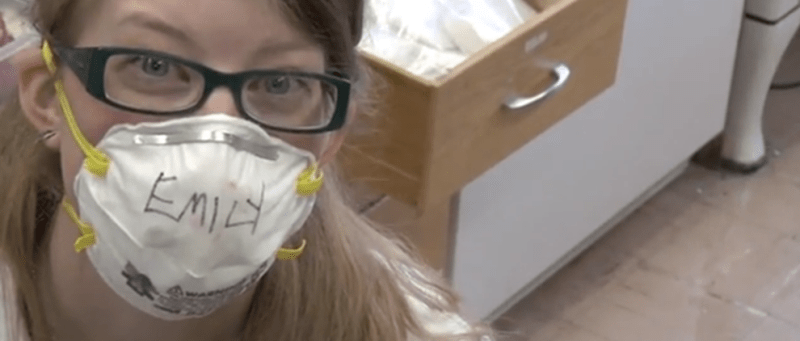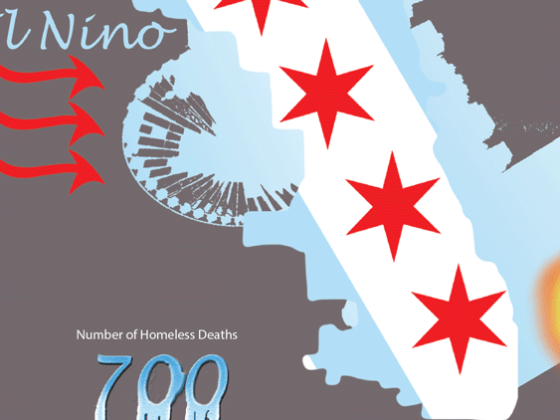What’s the secret to great online video? Good writing, good editing and good hosting.
Emily Graslie, host of the popular “Brain Scoop” channel on YouTube, shared her tips for creating engaging web video in a crowded session Friday at the ONA conference. “Brain Scoop,” produced by Chicago’s Field Museum, has more than 240,000 subscribers and more than 8.7 million views of its 90 videos about science.
Graslie’s official job title is “chief curiosity correspondent.” As host, she has removed the guts from an anteater, interviewed discoverers of new species and explored the sex lives of ants.
In an interview after the panel, Graslie said she sees similarities between her work and journalism, although she’s not a journalist in a traditional sense. “A lot of the times when I am reporting on something, it’s not necessarily time-relevant material,” Graslie said. “I might want to talk about the 1893 World Fair, and that was like 150 years ago.”
Video is exploding as an opportunity to engage audiences and generate advertising revenue. The Pew Research Center’s annual State of the Media report found that six in 10 adults watch videos online; roughly half of those – 36 percent of all U.S. adults – watch news video specifically.
While Graslie championed good writing, editing and hosting, she said the challenge is to keep stories topical and engaging while providing adequate context. That isn’t always easy with complex scientific information. “It can be challenging to even understand the vocabulary of scientists,” Graslie said, “but the Brain Scoop is transforming into part of the greater impact and outreach” for the scientific community.
Graslie suggested using analogies and drawing parallels to simplify complicated subjects. She used that tactic to demolish erroneous pop-culture perceptions that Dimetrodon was a dinosaur.
Graslie said she also tries to combat unscientific stereotypes, some published by media. A series promoted as “Five Consecutive Calendar Days Dedicated to Predatory Cartilaginous Fishes” was a direct response to the Discovery Channel’s popular Shark Week programming.
Graslie is not a scientist by training. She was a studio art major at the University of Montana when she stumbled into the school’s Philip L. Wright Zoological Museum. The museum, she said, made her feel like science was “something I could do.” She began promoting it via Tumblr and, through a series of happy accidents, was discovered by YouTuber Hank Green (brother of blockbuster author/YouTuber John Green). Hank Green and Graslie collaborated to create “The Brain Scoop” for the Wright museum. Four months later, in July 2013, the Field Museum offered Graslie her job and brought the show to Chicago.
While Graslie may not be a traditional journalist, she has struggled with issues familiar to journalists, such as abusive anonymous comments.
“The comment system on YouTube is pretty broken at this point, not only with the culture of the people who leave the comments but also in the way that the comments are promoted,” Graslie explained.
She, herself, has been the target of abusive online comments. In response, she produced “Where My Ladies At,” directly addressing the abuse and insults. She was heartened by the response of her audience, which responded by self-policing comments that crossed a line.
Graslie is optimistic not only about the comments, but also about the tool that is online video. “It’s why I care so much about what I’m doing,” she said.






